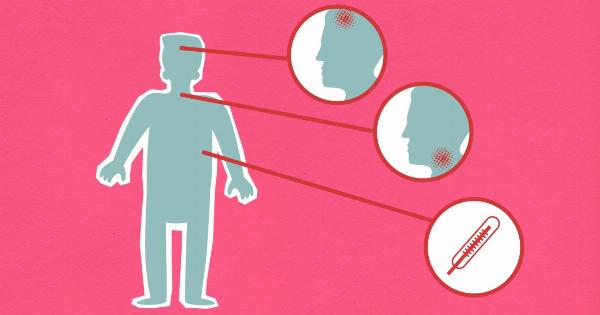Physical inactivity is a growing concern in today’s modern world. With technological advancements and sedentary lifestyles becoming the norm, many individuals are not getting enough physical exercise.
This lack of movement and engagement in physical activities has been linked to various health issues, including an increased risk of death. In this article, we will explore the concept of physical inactivity as a silent killer and understand the underlying reasons behind its association with mortality.
The Prevalence of Physical Inactivity
In recent years, physical inactivity has become a major public health concern globally.
Studies indicate that approximately 25% of adults and 80% of adolescents do not meet the minimum physical activity recommendations set by the World Health Organization (WHO).
The Link Between Physical Inactivity and Chronic Diseases
Physical inactivity is closely associated with the development of chronic diseases such as heart disease, type 2 diabetes, obesity, and certain types of cancer.
Regular physical activity plays a vital role in maintaining a healthy body weight, controlling blood pressure, improving cardiovascular health, and boosting immune function.
Impact of Physical Inactivity on Heart Health
A sedentary lifestyle significantly increases the risk of developing heart diseases, including coronary artery disease, heart attacks, and strokes.
Physical activity helps strengthen the heart muscles, improve blood flow, and reduce the chances of plaque buildup in the arteries. Regular exercise also helps maintain healthy cholesterol and blood pressure levels, ultimately reducing the risk of cardiovascular events.
Physical Inactivity and Type 2 Diabetes
Inactivity and excess body weight are key contributors to the development of type 2 diabetes. Engaging in regular physical activity helps improve insulin sensitivity, allowing the body to effectively regulate blood sugar levels.
Lack of exercise, on the other hand, increases the risk of insulin resistance and the development of diabetes.
The Role of Physical Inactivity in Obesity
Obesity has become a global epidemic, and physical inactivity is a significant factor contributing to its rise. Sedentary lifestyles coupled with poor dietary habits lead to weight gain and increased body fat accumulation.
Regular physical activity helps burn calories, promote weight loss, and prevent excessive weight gain.
Physical Inactivity and Mental Health
Not only does physical inactivity impact physical health, but it also affects mental well-being. Exercise has been proven to be an effective method for reducing symptoms of depression and anxiety.
It helps release endorphins, also known as “feel-good” hormones, which improve mood and overall mental health.
Inactivity and Increased Mortality Risk
Studies consistently show a strong association between physical inactivity and an increased risk of premature death. A sedentary lifestyle has been linked to a higher mortality rate, comparable to the risks associated with smoking and obesity.
Lack of physical activity contributes to the development of various chronic diseases, which ultimately shorten lifespan.
Breaking the Barriers to Physical Activity
Several factors contribute to the prevalence of physical inactivity in today’s society.
Lack of time, sedentary jobs, reliance on technology, and the absence of accessible recreational spaces are some of the barriers hindering individuals from adopting an active lifestyle. However, awareness campaigns, urban planning strategies, workplace wellness programs, and policy changes can help break these barriers and encourage physical activity.
Recommendations for a Healthier Lifestyle
It is crucial to incorporate physical activity into daily routines to reap its numerous benefits.
The WHO recommends at least 150 minutes of moderate-intensity aerobic activity or 75 minutes of vigorous-intensity activity per week, along with muscle-strengthening exercises twice a week. Simple changes like walking instead of driving, taking the stairs instead of the elevator, or engaging in recreational activities can significantly contribute to an active lifestyle.
Conclusion
Physical inactivity is a silent killer that poses a serious threat to public health. The lack of physical activity is associated with an increased risk of chronic diseases, premature mortality, and overall poor health.
Adopting an active lifestyle is essential for maintaining physical and mental well-being. By breaking barriers and incorporating regular physical activity into our daily lives, we can combat the silent killer and improve our overall quality of life.































